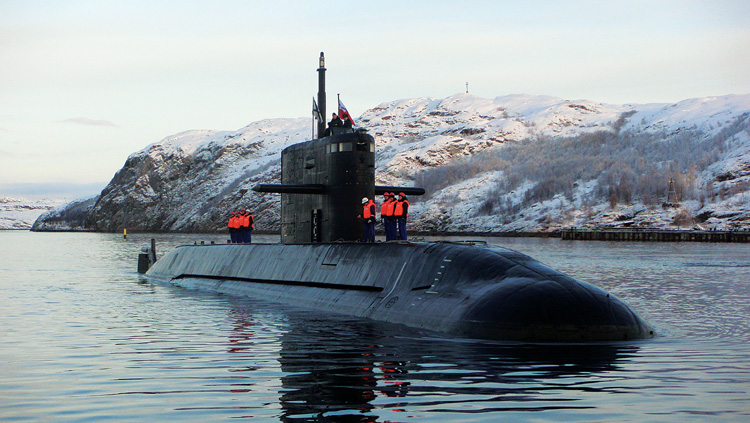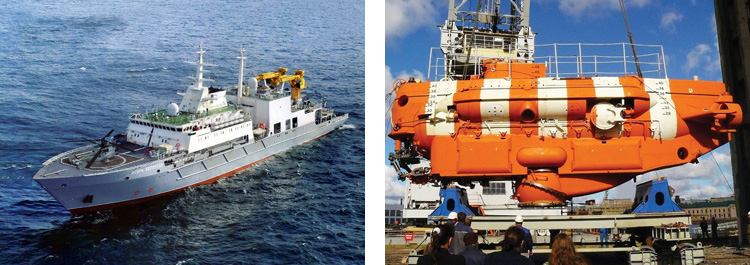INDIAN ARMED FORCES CHIEFS ON OUR RELENTLESS AND FOCUSED PUBLISHING EFFORTS

The insightful articles, inspiring narrations and analytical perspectives presented by the Editorial Team, establish an alluring connect with the reader. My compliments and best wishes to SP Guide Publications.

"Over the past 60 years, the growth of SP Guide Publications has mirrored the rising stature of Indian Navy. Its well-researched and informative magazines on Defence and Aerospace sector have served to shape an educated opinion of our military personnel, policy makers and the public alike. I wish SP's Publication team continued success, fair winds and following seas in all future endeavour!"

Since, its inception in 1964, SP Guide Publications has consistently demonstrated commitment to high-quality journalism in the aerospace and defence sectors, earning a well-deserved reputation as Asia's largest media house in this domain. I wish SP Guide Publications continued success in its pursuit of excellence.
- MoD initiates comprehensive review of Defence Acquisition Procedure 2020, pushes for defence reforms
- G7: The Swansong
- Kalinga Connect: South Asia to Polynesia
- Advanced MRSAM for India for a greater firepower
- Must Credit DRDO for Operation Sindoor, now what is next for defence R&D?
- Operation Sindoor | Day 2 DGMOs Briefing
- Operation Sindoor: Resolute yet Restrained
Marketing Feature
Navy Fleet for a New Century
Make in India with Russian support


Cooperation between Delhi and Moscow in the naval field has been underway for more than 50 years. All these years the Soviet and then Russian ships, submarines and naval aviation made up the backbone of the Indian Navy. The situation is changing and the key challenge facing India now is to develop its domestic shipbuilding industry. Taking into account the existing relationship of trust, Russia still remains a natural partner for implementing the Make in India policy.
Competence of Russian developers and shipbuilders will be a useful aid in establishing production and construction of the Project 75I diesel-electric submarines. The latest Russian submarines Amur-1650, offered as a baseline project, have incorporated all the latest advances achieved by Russian design bureaus, so upon their completion India’s Project 75I submarines will be among the most advanced boats in the world. The successful experience with co-production of the Su-30MKI fighters, T-90S tanks and BrahMos supersonic missiles in India demonstrates Russia’s readiness to transfer the necessary technology.
Given the need to equip the Navy with modern diesel-electric submarines as soon as possible, Russia’s special exporter Rosoboronexport may offer the Project 636 boats as an interim solution. Largescale production of these submarines has been well established for the Russian Navy and foreign customers and so they can be delivered at short notice. This will help maintain the capabilities and operational availability of the Indian Navy at an invariably high level before Project 75I submarines enter service.
Another potential project is to establish production of the Project 11356 Talwar-class frigates in India. Since 2003 Rosoboronexport has supplied India with six ships of this type which earned high praise from the military. The first batch of three ships was built in St. Petersburg and the second one in Kaliningrad. Now it is proposed to move their production to Indian shipyards in line with the Make in India procurement policy.
The Project 20382 Tigr-class corvette, Project 22356 and Gepard 3.9-class frigates may also be of interest to the Indian Navy. The combat effectiveness of the latter was demonstrated in October this year, when 4 ships of the Caspian Flotilla (including the frigate Dagestan built to a project similar to Gepard 3.9) successfully destroyed ISIS targets in Syria with 26 Kalibr cruise missiles (the export version is the Club missile system).
Russia may also facilitate the implementation of India’s ambitious plans to build a powerful carrier battle group. The contract for delivery of the aircraft carrier Vikramaditya, the flagship of the Indian Navy, showed the abilities of the parties to find a mutually beneficial solution in the most difficult situations. Today, Rosoboronexport participates in building and equipping India’s first indigenous aircraft carrier Vikrant. All this experience will be certainly useful during the construction of the next Indian aircraft carrier Vishal as well.
A numerous Navy fleet is expected to include rescue vessels. Russia is now building the latest ships of this class to Project 21300. The whole set of rescue equipment, including helicopters, pressure chambers and the deep-sea rescue vehicle Bester-1 operating at depths up to 700 meters, is housed on board. Vessels of this class can also be built in close cooperation with leading Indian shipyards.
In fact, there are the prospects for equal cooperation between Russia and India on all types of naval hardware and weapons. With Russian support, the Make in India program will be the beginning of a qualitatively new development stage for national shipbuilding and the defense industry as a whole.





